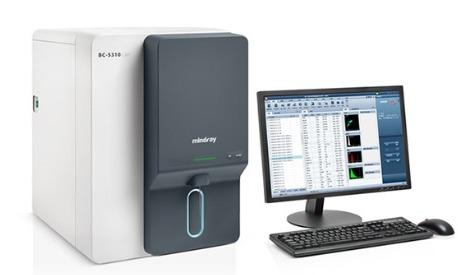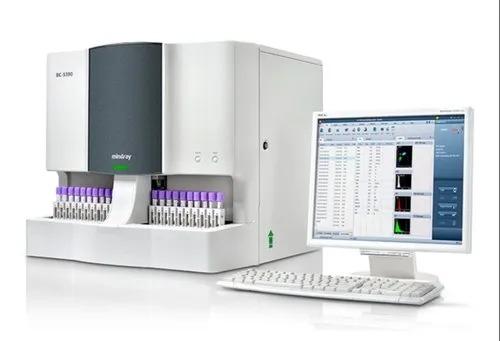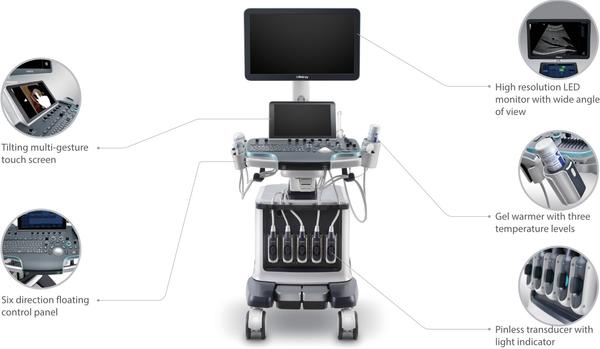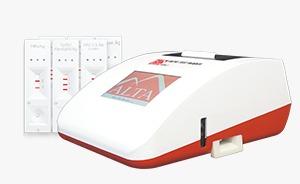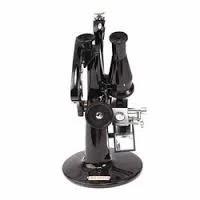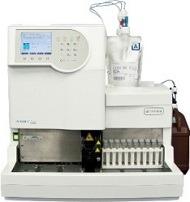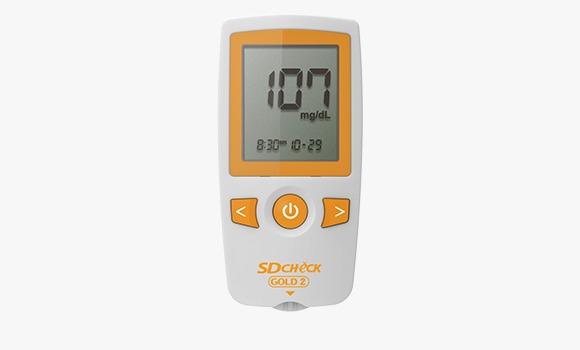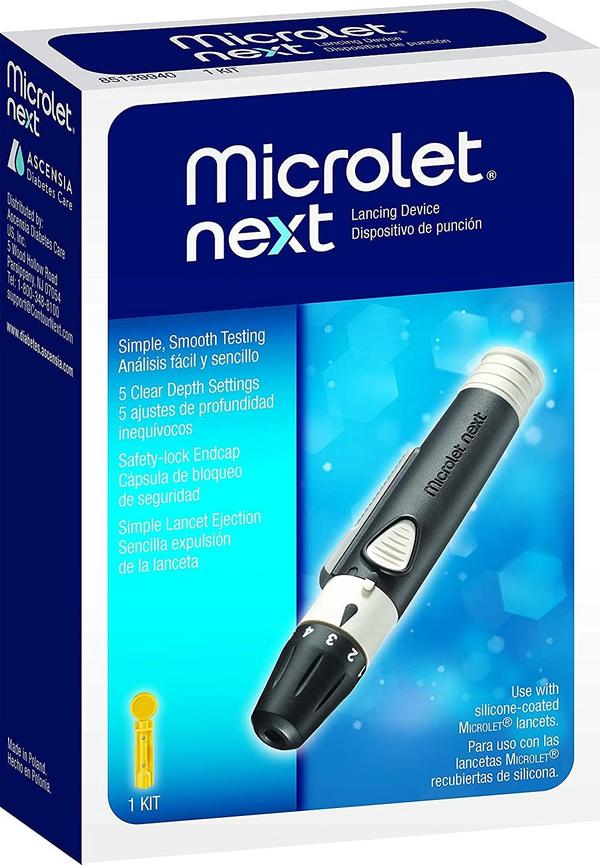ADVIA 2400 Chemistry System The right balance of speed and efficiency The ADVIA® 2400 Clinical Chemistry System manages the most demanding workloads and meets high turnaround-time (TAT) goals. Its menu includes methods for testing drugs-of-abuse, therapeutic drugs (TDM) and new assays such as cystatin C and CardioPhase® hsCRP. The ADVIA 2400 Clinical Chemistry System offers: High throughput of up to 2400 tests/hour (1800 photometric and 600 ISE) to manage heavy workloads Rapid, consistent, 2-second cycle time for faster tube speed and test throughput User-defined automatic repeat, dilution, and reflex testing Large onboard reagent capacity and optional concentrated reagents help to minimize intervention demands Refrigerated onboard storage of controls and reagents for extended stability and increased productivity Automation-ready design: no additional hardware required Features & Benefits The ADVIA 2400 Clinical Chemistry System meets today’s high turnaround-time goals with a throughput of up to 2400 tests/hour. In addition to assays for general and specialty chemistries, its menu includes assays for specific protein measurement, drugs-of-abuse testing (DAT), and therapeutic drug monitoring (TDM). Interesting new assays such as cystatin C, HbA1c with automated sample pretreatment, and CardioPhase® hsCRP can now be included in your routine testing. The ADVIA 2400 Chemistry System pushes productivity levels while maintaining the reliability and stability that keep laboratories up and running. A rapid, 2-second probe cycle time maximizes tube speed and test throughput and combines with the system’s efficient automation-readiness to provide the turnaround time needed for high-volume laboratories Superior Speed and Productivity Throughput of up to 2400 tests/hour (1800 photometric and 600 ISE) to manage the heaviest workloads Rapid, consistent, 2-second cycle time Throughput of 200 tubes per hour, even when running three ISE tests and nine photometric tests per sample Automatic Sample Retain technology, auto-repeat, auto-dilution, and auto-reflex testing Automation-ready Point-in-space aspiration enables connectivity to a track. Redundant sample loading provides built-in backup and easy handling of non-routine samples. Direct sampling from track prevents tubes being detained at an analyzer and reduces aliquoting. Minimal Need for Operator Intervention Minimal-maintenance ISEs Large onboard reagent capacity and optional concentrated reagents for fewer interruptions No-maintenance, 37°C incubation oil bath Auto-calibration and auto-QC from refrigerated onboard calibrators and controls Microvolume technology with 32,000 tests onboard and up to 60 days' onboard stability for improved walkaway time. Concentrated reagents for increased maximum capacity. Remote diagnostics and Inter-Laboratory Quality Control (ILQC) options Exceptional Reliability Sample integrity check for icterus, hemolysis, and lipemia Sample probe with automatic clot/clog detection, liquid-level sensing, short-sample detection, and crash protection Advances in onboard reagent stability, calibration frequency, reduction in interferences, and expanded assay linearity
Send Message
